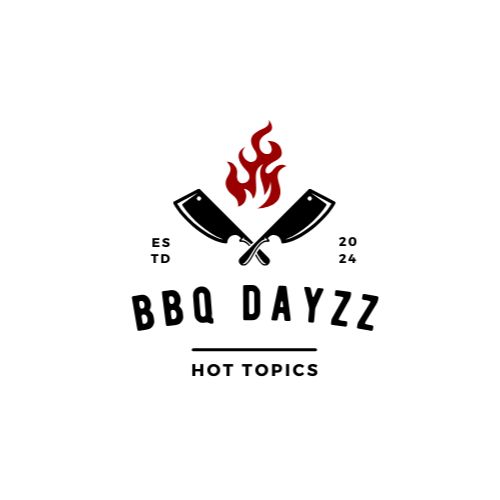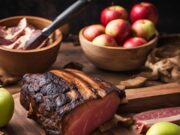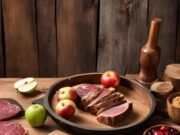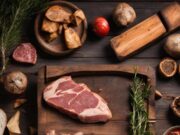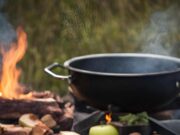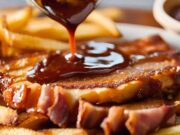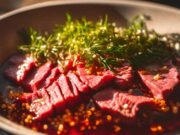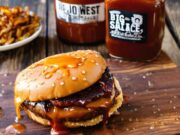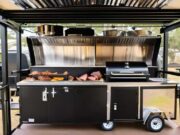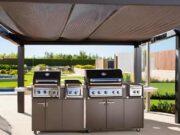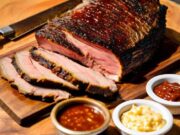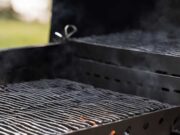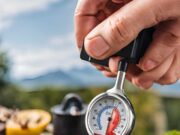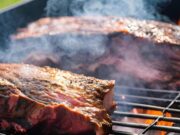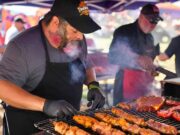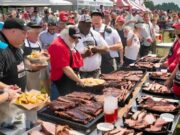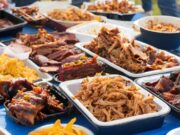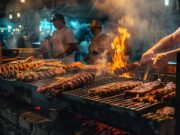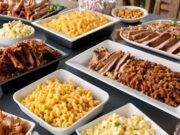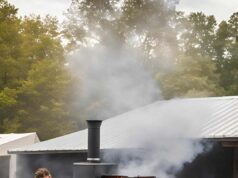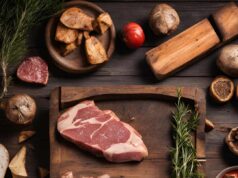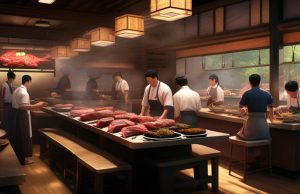- Key Takeaways:
- The Importance of Searing in Barbecuing
- Essential Equipment for Searing
- Preparation Techniques for Optimal Searing
- Mastering the Searing Process
- Best Practices for Searing Different Types of Meat
- Common Mistakes to Avoid When Searing
- Frequently Asked Questions
- Frequently Asked Questions
Searing is a crucial technique that every grill master should utilize to elevate their barbecue skills. It goes beyond simply cooking meat; it is about locking in flavors, achieving the perfect crust, and creating a truly memorable dining experience.
This guide will delve into the significance of searing, the essential equipment required, and preparation techniques necessary for optimal results. It will also discuss best practices for various types of meat and highlight common pitfalls to avoid.
Prepare to enhance your grilling skills and ensure that each barbecue is an unforgettable occasion.
Key Takeaways:
- Searing is a crucial step in barbecuing as it creates a flavorful crust and locks in juices.
- Essential equipment for searing includes a high-heat grill, cast iron pan, and instant-read thermometer.
- To achieve optimal searing, ensure your meat is dry, seasoned, and at room temperature before searing on high heat for a short time.
The Importance of Searing in Barbecuing
Searing is a fundamental technique in barbecuing that significantly enhances the flavor and tenderness of meats, establishing itself as a cornerstone of grilling excellence.
When executed properly, this method creates a beautifully caramelized crust while initiating the Maillard reaction—a complex chemical process that occurs when proteins and sugars in the meat are exposed to high heat. This reaction is essential in the culinary arts, as it develops rich, savory flavors and appealing aromas that elevate the overall dining experience.
For those aiming to master the art of searing, consider these practical tips:
- Ensure the grill is preheated to a high temperature.
- Avoid overcrowding the grill surface, as this can lead to steaming rather than searing.
- Allow the meat to rest briefly after cooking to optimize juiciness, enabling the flavors to meld beautifully.
Essential Equipment for Searing
Having the right equipment is essential for mastering the searing process, whether you are using a charcoal grill, gas grill, or electric grill. Each type requires specific tools and accessories to achieve optimal results.
High-quality grill grates are critical, as they provide the ideal surface for achieving those desirable grill marks while effectively retaining heat. A reliable meat thermometer is critical for ensuring that meats are cooked to perfection, allowing for precise temperature readings during the searing process.
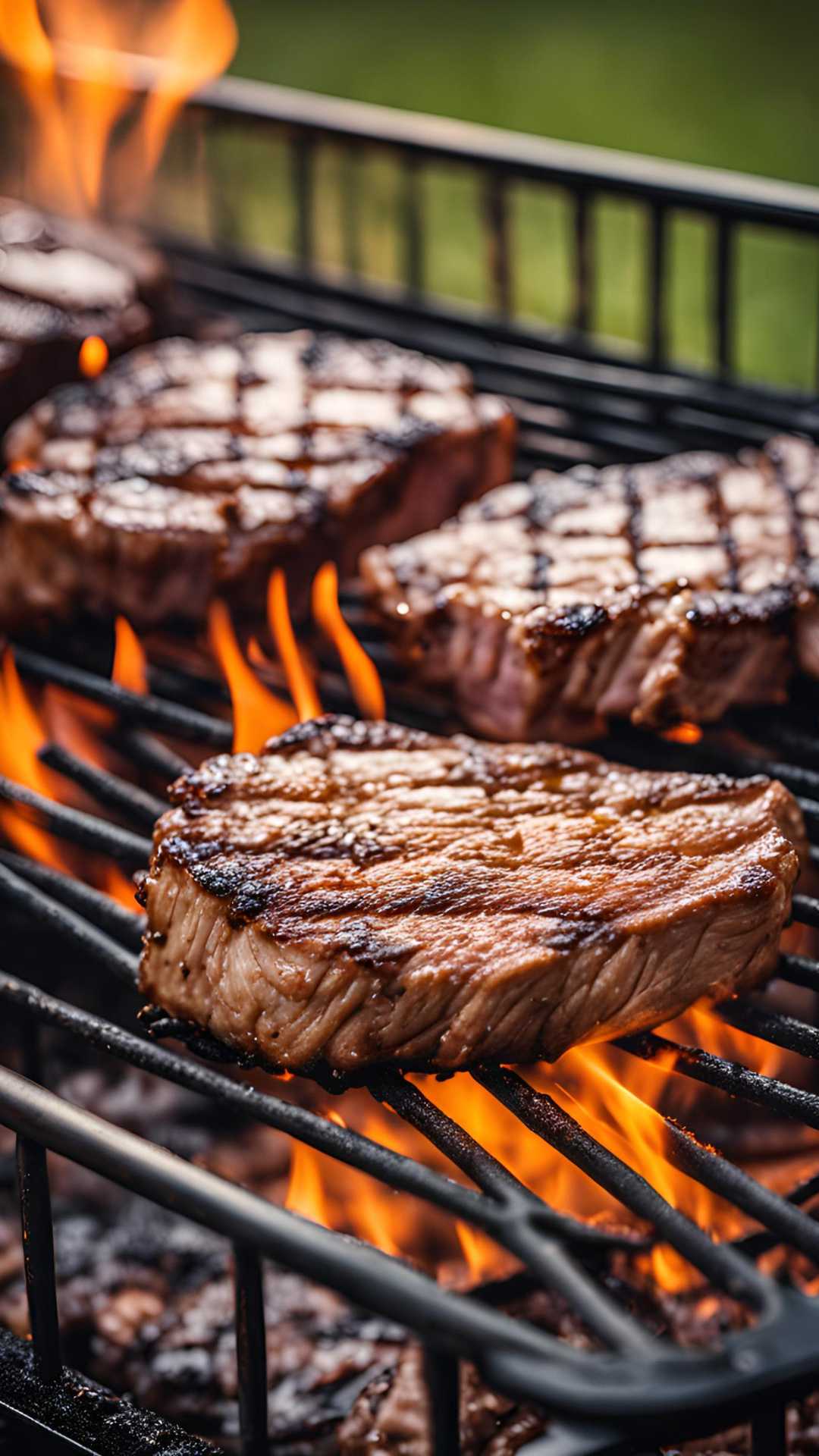
To enhance flavors, selecting the right BBQ spice rubs and marinades can significantly elevate your dish. Choose rubs that strike a balance between sweet, smoky, and spicy elements, and consider marinating your meat for several hours to allow the flavors to penetrate deeply before placing it on the grill.
Preparation Techniques for Optimal Searing
Effective preparation techniques are crucial for achieving optimal searing results, ensuring that your meat is perfectly seasoned and ready for the grill.
Before placing any protein on the grilling surface, it is essential to recognize the importance of proper seasoning, marinating, and the strategic use of sauces to elevate flavor profiles. For instance, a simple rub of salt and pepper can enhance the natural taste of chicken, while marinating beef in a mixture of soy sauce, garlic, and fresh herbs can tenderize the meat and infuse it with rich flavors.
Regarding grilling, each type of meat requires specific approaches. For thinner cuts like pork chops, a quick high-heat sear can lock in juices, whereas thicker steaks benefit from a two-zone cooking method, allowing you to achieve a perfect crust without overcooking the interior. Additionally, applying a glaze or sauce during the final minutes of grilling can create a beautifully caramelized finish, enhancing the overall dish.
Mastering the Searing Process
Mastering the searing process requires an understanding of how to effectively utilize heat zones and optimize your grill setup for successful outdoor cooking.
By preheating the grill to a temperature that allows for optimal browning while preventing the meat from burning, you can create a flavorful crust on the outside while maintaining juiciness on the inside. Identifying heat zones—designating one side for high heat and another for lower heat—enables you to sear the meat thoroughly before transferring it to the cooler side to finish cooking through.
Timing is also crucial; flipping the meat at the right moment ensures an even crust and prevents sticking. These techniques rely not only on the fundamentals of grilling but also on the science of heat transfer, give the power toing you to achieve perfectly seared steaks and juicy burgers consistently.
Best Practices for Searing Different Types of Meat
Regarding searing various types of meat, adhering to best practices is essential for achieving tenderness and optimal flavor development.
One effective approach is to start with high-quality cuts, as these will provide the best results when seared properly. For beef, utilizing a cast iron skillet over high heat creates a flavorful crust that locks in the juices. Chicken can benefit from marinating and applying a spice rub, which not only enhances depth of flavor but also promotes browning during the searing process. Similarly, pork loin can be enhanced with a blend of sweet and savory spices, allowing it to caramelize beautifully as it sears.
Employing techniques such as the reverse sear can further elevate the final outcome, resulting in a dish with a golden exterior and a moist interior.
Common Mistakes to Avoid When Searing
Avoiding common mistakes when searing can significantly impact your outdoor cooking experience, transforming it from a potential culinary disaster into a delightful success. Grill safety and proper technique are crucial in this regard.
For grill enthusiasts, mastering the art of searing not only enhances the flavor profile but also ensures the perfect texture in meats. It is easy to fall into pitfalls such as not preheating the grill adequately, which can result in sticking and uneven cooking.
Another frequent error is overcrowding the grill surface, which restricts airflow and heat distribution. To mitigate these issues, it is essential to allow the grill to reach the optimal temperature before adding meat, and to arrange your items thoughtfully without cramming.
By following these straightforward yet effective practices, you can elevate your grilling experience, transforming potential mishaps into perfectly charred masterpieces.
Frequently Asked Questions
This section addresses frequently asked questions related to searing techniques, providing insights and solutions to common grilling challenges.
Understanding the nuances of searing can significantly enhance your barbecue experience, transforming cuts of meat into delectable dishes. Many individuals question the ideal temperature and type of grill to use, often unaware that the right technique can greatly impact flavor and texture.
Home cooks frequently struggle with misconceptions regarding timing and preparation necessary to achieve that perfect crust. By exploring tips on seasoning, the types of fats to use, and optimal cooking times, anyone can master the art of searing.
This mastery paves the way for culinary experimentation that not only delights the palate but also fosters creativity on the grill.
Frequently Asked Questions
What is searing and why is it important in BBQ techniques?
Searing is the process of quickly cooking the surface of meat over high heat, resulting in a browned, flavorful crust. It is important in BBQ techniques because it enhances the texture and taste of the meat, creating a more juicy and delicious final product.
What are the best types of meat to sear on the BBQ?
Beef, pork, and chicken are all great options for searing on the BBQ. These meats are typically thicker and can withstand the high heat needed for searing without overcooking. Seafood and vegetables can also be seared on the BBQ for a tasty twist.
What equipment do I need to master the art of searing on the BBQ?
You will need a BBQ grill, preferably one that can reach high temperatures. A set of tongs or a spatula for flipping the meat, and a meat thermometer to ensure it reaches the desired doneness.
What are some tips for achieving the perfect sear on my BBQ meat?
Make sure your BBQ grill is preheated to a high temperature before adding the meat. Use a minimal amount of oil to prevent sticking, and do not move the meat around too much while it is searing. Let it cook undisturbed for a few minutes before flipping.
How do I know when my BBQ meat is properly seared?
The best way to tell is by using a meat thermometer to check the internal temperature. For steak, a medium-rare temperature is around 130-135°F, and for chicken, it should reach 165°F. You can also check the appearance of the meat – it should have a nice brown crust on the outside.
Can I use a marinade or seasoning before searing my meat on the BBQ?
Yes, using a marinade or seasoning can add even more flavor to your seared meat. Just make sure to pat the meat dry before searing to prevent excess moisture from interfering with the searing process.
